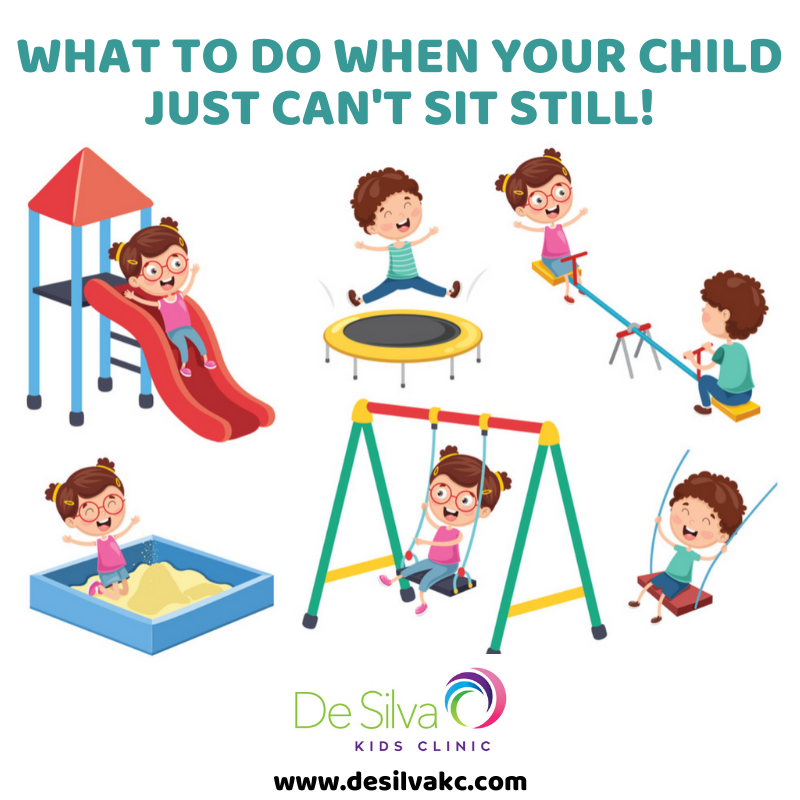Children struggle with problem solving and self-regulation at all ages and Michelle Garcia Winner has created a wonderful creative resource for children to learn to become better social detectives, social thinkers and problem solvers. Michelle has created many different characters within her Social Thinking framework and two that I most commonly used within my work with children who are struggling within social settings- children with and without diagnoses.
Super-Flex is one of the names of a superhero character who teaches kids they have a superhero inside their own brains (who looks just like they do) helping them learn about their own and others’ thoughts and behaviours, strengthening their flexible thinking, and giving them strategies to self-regulate in challenging times. We can encourage children to call on their Super-Flex and thinkable powers anytime, anyplace, to help coach them along the expected social route and avoid unexpected behaviour.
Super-Flex can give children the opportunity to have fun while learning to self-regulate and become flexible thinkers. They can learn and practice Super-Flex thinking and strategies during adult driven activities at home that can then be generalised to all social settings such as school and the wider community.
Social thinking characters can be useful to keep in a child’s room or on the fridge as a reminder of who they can be when they are finding themselves in a problem-solving situation. It helps to talk through what she/he looks like and what he/say may say if they find themselves in a difficult situation.
Michelle Garcia Winner has some wonderful resources available for parents and therapists on her website- https://www.socialthinking.com/ There are books and posters for parents, schools and therapists to use with children which can be super helpful reminders.
Written by Psychologist Dominique Dolcetta for De Silva Kids Clinic.













